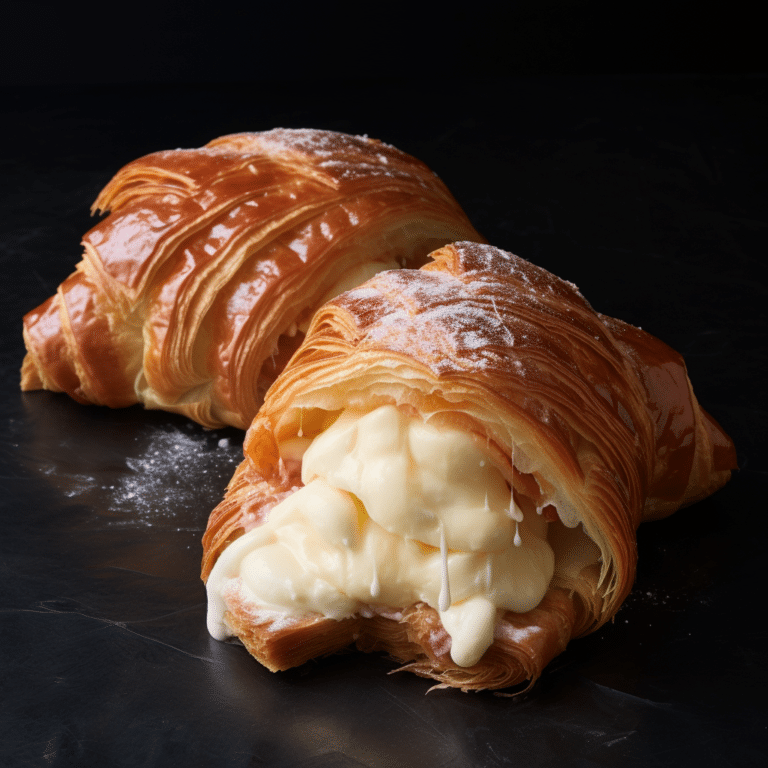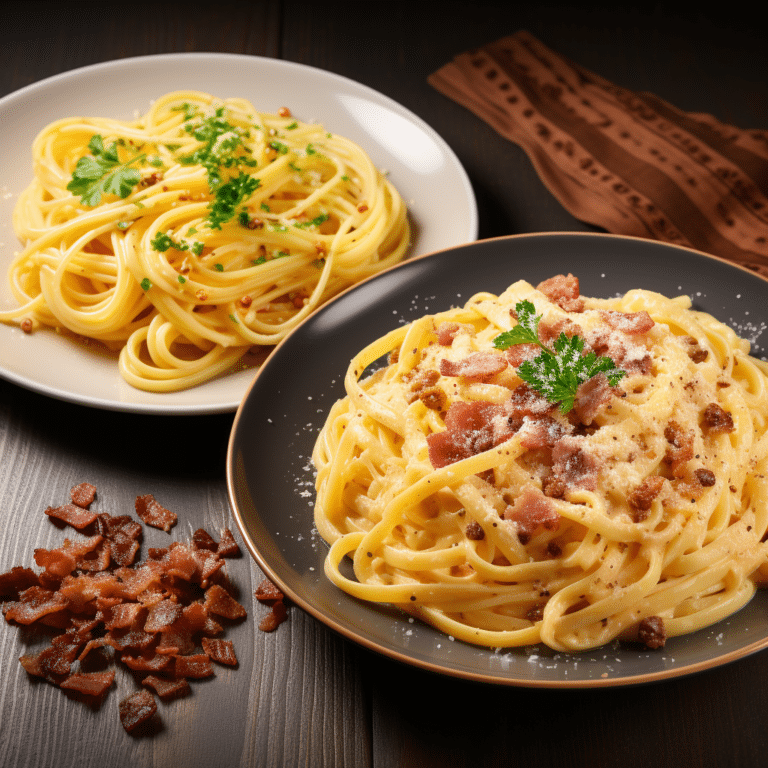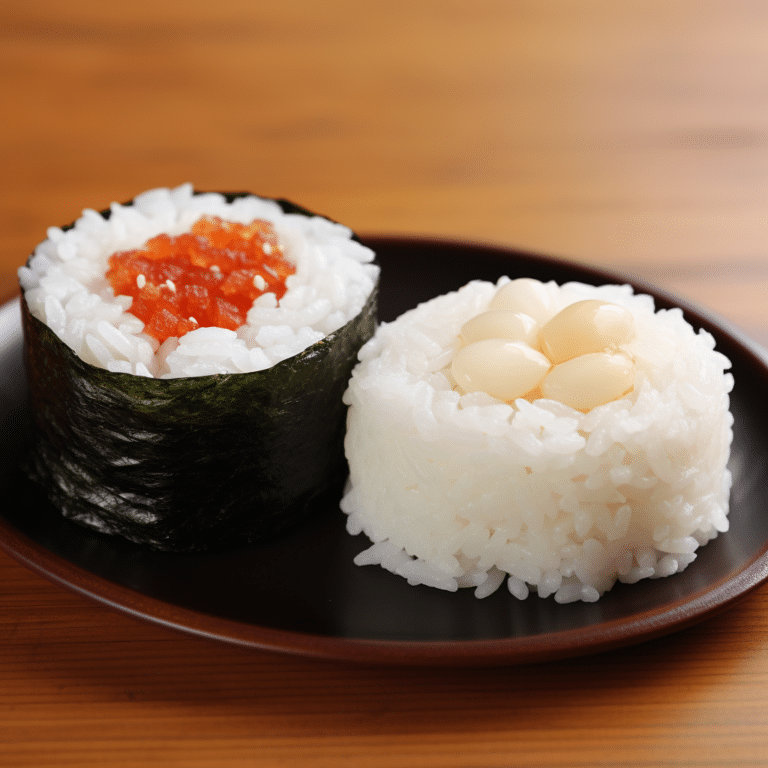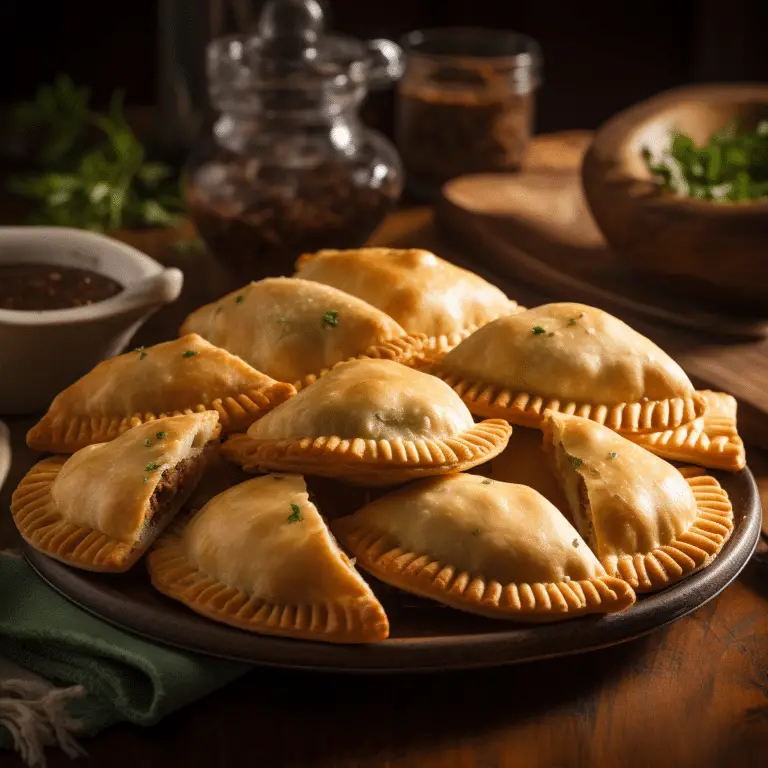Corn Syrup vs Corn Oil
Corn Syrup vs Corn Oil: Corn is a versatile cereal that has many uses. It can be boiled, roasted, baked, ground into grits or cornmeal, etc. Besides culinary uses, corn can be industrially manufactured to produce various products—for example, cereals, corn syrup, animal feeds, biofuel, and corn oil.
Corn oil and corn syrup are viscous fluids from corn; one is an oil, and the other is a sugar-rich solution. The two have different features and are used differently in culinary. Corn syrup comes from the endosperm, which contains lots of starch corn; the oil is obtained from the corn’s germ. Read on to learn more about corn syrup and corn oil.

Corn Syrup vs. Corn Oil: Overview
Corn syrup is a sweet viscous fluid that can be clear or dark brown. It is obtained from the corn kernel endosperm. The syrup is high in sugars and ideal for baking or making candies.
Corn oil is a light yellow viscous fluid obtained from corn kernel germ. It has a neutral flavor and, thus, is perfect for baking or deep frying foods. Corn oil can also be used commercially to make lubricants and cosmetics.
About Corn Syrup
Also known as glucose syrup, corn syrup is a sugar-based syrup made up of carbohydrates, specifically glucose. The syrup has a sweet taste and is often used to make table syrups. It is obtained from corn kernel’s endosperm. The endosperm contains lots of starch. During the processing of corn syrup, the corns undergo hydrolysis. Hydrolysis involves breaking down the starch in the endosperm using enzymes or dilute acids.
Once prepared, the syrup can be light or dark. Light corn syrup is clear and is flavored using vanilla flavor. It also does not form crystals when heated and is, therefore, great for making candies. You can also use light corn syrup when baking.
On the other hand, dark corn syrup is dark brown, thanks to the molasses added during manufacturing, and is used as part of table syrup. It also contains caramel, which gives this syrup a caramel flavor.
It’s crucial to know that corn syrup differs from high fructose corn syrup. The former is made from endosperm through hydrolysis. And the latter is prepared from corn syrup in a process that involves converting large amounts of glucose present in corn syrup to fructose using enzymes.
About Corn Oil
Corn oil is a popular type of oil that’s present in many homes. This oil has a neutral flavor and a high smoke point. The high smoke point and neutral flavor make it ideal for frying food as it doesn’t change the taste of foods. Corn oil contains different kinds of fats. Linolenic acid, an essential fatty acid that makes up a bigger percentage of corn oil’s fat profile.
Corn oil is extracted from corn kernel germ. The germ comprises a small section of the corn and is extracted through milling. Once milled and the germ is removed from the corn, it undergoes various processes to produce oil.
Through mechanical processes, corn oil can be extracted from the germ under high pressure. Alternatively, the oil can be obtained from the corn using hexane. After extraction, the oil is refined to remove impurities. Winterization, deodorization, and degumming are processes used in refining corn oil.
Once refined and ready, corn oil can be used to fry foods or make salad dressing. The oil can also be hydrolyzed to produce margarine. Moreover, corn oil can be used industrially to make cosmetics, lubricants, and soaps.
Difference Between Corn Syrup And Corn Oil
Corn syrup and corn oil differ in the following ways:
Where They Come From
Corn kernels have three parts, pericarp, endosperm, and germ. These parts are different and can be used to produce various products.
The endosperm is large and the most starchy part of the corn, whereas the pericarp forms the outer protective casing of the corn kernel. The germ is rich in fats, nutrients, and genetic information.
Corn syrup comes from the endosperm, while corn oil comes from the germ.
Appearance
Corn syrup and corn oil are different and, thus, appear differently.
Corn syrup comes in two colors. Light corn syrup is colorless or clear, and dark corn syrup has a dark brown color.
On the other hand, corn oil is light yellow.
Taste
The taste of a food ingredient determines how the component will be used in cooking. Corn syrup and corn oil have distinct flavors and cannot be interchanged in recipes.
Corn syrup is rich in glucose and has a very sweet flavor. The sweet taste makes corn syrup great for making candies or baking.
Like other vegetable oils, corn oil has a neutral flavor and doesn’t impact the flavor of foods used to cook. It also has a high smoke point, making it ideal for deep frying.
Use
Corn syrup is used in baking to make candies, table syrups, and high fructose syrup. Some people use corn syrup over waffles or pancakes to give them a sweet taste.
Corn oil is mainly used for cooking, especially deep frying and baking. Besides cooking, this oil can be used to make salad dressing, thanks to its neutral flavor. Corn oil can also be commercially used to manufacture lubricants, cosmetics, and soaps.
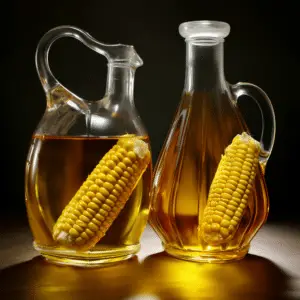
Nutritional Information
Since corn syrup is made from hydrolyzed starch, it comprises simple sugars. The sugars make corn syrup to be a good energy source. Corn syrup is also high in calories.
Corn oil is rich in essential fatty acid, linolenic, which plays a vital role in the body. E.g., providing insulation, producing cholesterol, transporting fat-soluble vitamins, and producing hormones. Besides linolenic, corn oil provides other polyunsaturated fats that play various critical roles in the body.
Corn oil is also a rich source of vitamin E, which helps strengthen the immune system, boost skin health, and fight oxidative stress.
Conclusion
Both corn syrup and corn oil are produced from corn kernels. However, corn syrup is made from endosperm, has a sweet taste, and is best used for baking or making candies.
Corn oil is obtained from the germ, has a neutral flavor, and is ideal for baking, deep-frying, or making salad dressings.

